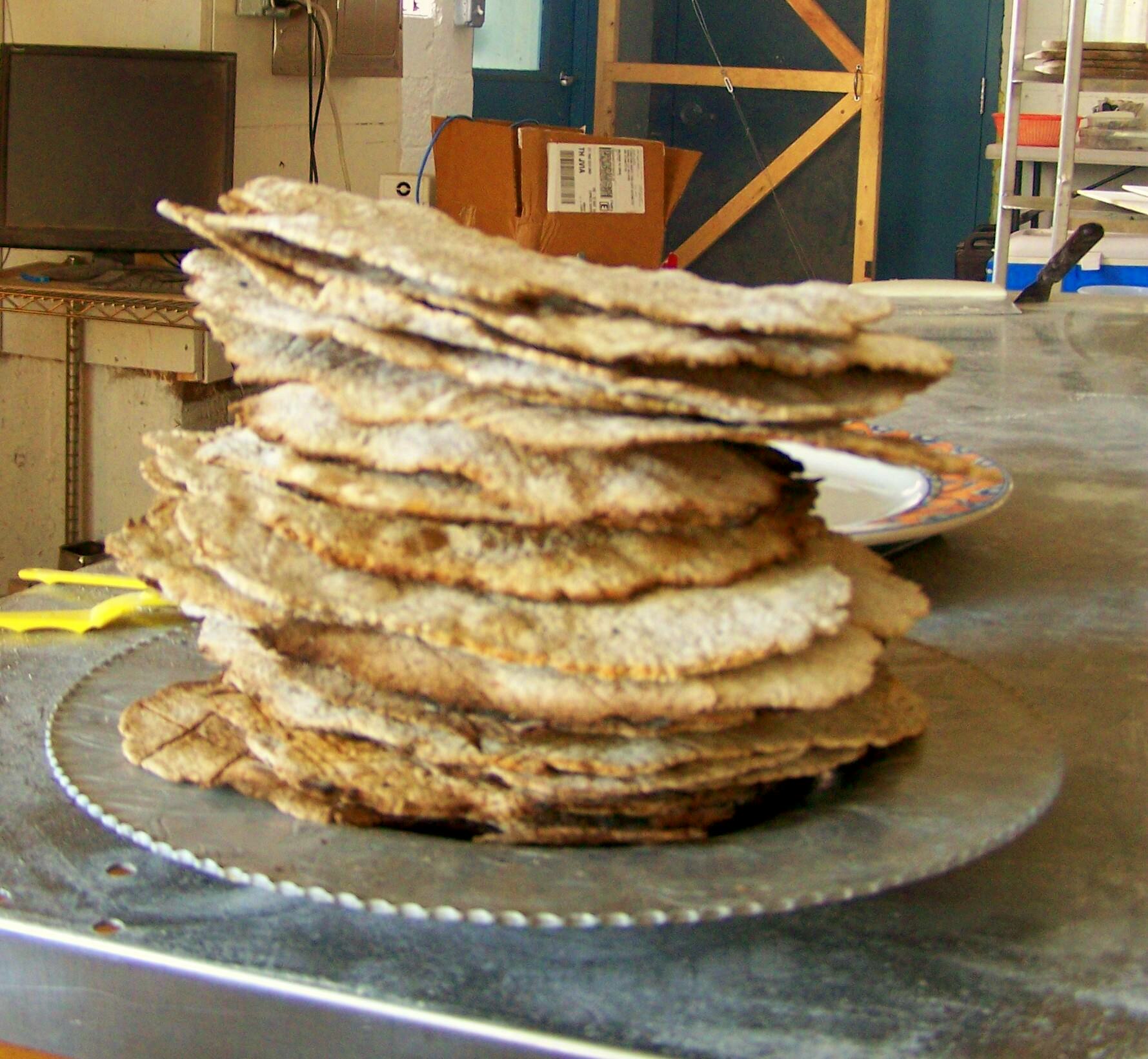
This post was updated 3/22/18
I am 49 years old, and I am baking matzah for the first time in my life.
Not that baking your own matzah is a normal thing for an average Jewish-American woman to do. In fact, my mother’s response was, “Why would you want to do that?”
All my life I have known matzah — the unleavened cracker-like bread that Jews eat for the eight days of Passover — as something that comes out of a box you buy at the supermarket.
Put it in the category of cheese. Cheese is a food we assume comes wrapped in plastic at the store. Of course we know that somebody—or some corporation—makes it but most of us don’t have a clue how.
I remember the first time I made mozzarella cheese at home. When the milk started to set into curds, I was in awe. “‘…eating her curds and whey.’ Curds and whey!” I exclaimed, suddenly understanding the age-old nursery rhyme. Here was something so commonplace even a hundred years ago that it was a children’s rhyme, and yet I had never seen it with my own eyes.

So when I read that Bobolink Dairy & Bakehouse, one of my favorite cheese makers and bakers, was offering matzah baking workshops, I was thrilled. I had been raised knowing all about the ritual aspects of matzah, and its central symbolic place in the story of the Israelites’ flight from slavery in Egypt.
I knew in order for it to be kosher, it had to be made – start to finish – in no more than eighteen minutes. This is because “according to the Talmud the leavening process begins after water and flour have been in contact for 18 minutes, thus the entire process of making matzah, from the moment the water is added to the flour until the matzah is taken out of the oven, must be completed in 18 minutes.” (see this article, Making Matzah the Old-Fashioned Way, for more background information).
But knowing something in my head is not enough for me. I need to know it with my hands.
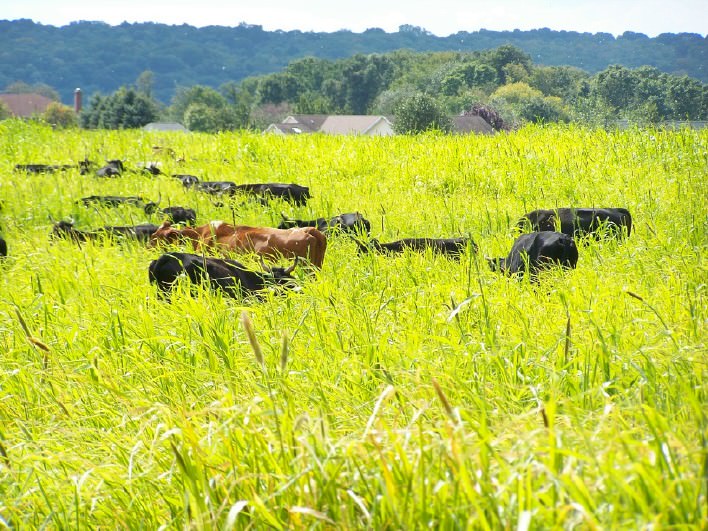
Making cheese sustainably
Nina and Jonathan White moved their dairy to Milford, NJ in 2010. They had been leasing their previous farm, up in Vernon, New Jersey, and wanted land of their own. With the help of the Hunterdon Land Trust Alliance and their generous partners, they were able to do a simultaneous preservation and purchase of the Stamets Farm, the largest unpreserved farm in Holland Township, north of Frenchtown, which has been farmed by just two families since the American Revolution.
There the Whites raise their 35+ cows on 184 acres of clean, natural pasture. No pesticides, no herbicides, no GMO grains, no nuthin’. The cows spend most of their time in the pastures, eating and hanging out, so to speak. They are milked once a day, then go back out to pasture.
They are allowed to suckle their calves, which results in less milk to make cheese, but is healthier and more conducive to a longer life for the cow. The Whites are quite happy with this arrangement. Their goal is to run a completely sustainable farm.
So, for instance, the large amounts of whey that are a by-product of the cheesemaking process go to feeding their hogs. Chickens are kept on the farm not just to provide eggs, but to eat many of the flies and insects that are always hanging around a dairy barn.
Nina is the baker. She began baking as a child, and when the cheese business began to pick up, she baked artisanal, whole grain breads to “go with.” Except the breads started selling just as well as the cheese, and so their bread business began in earnest.
 The brick oven sits at the front of the renovated barn, which also serves as their farm market. At the back of the barn is the cheese cave, a refrigerator that stays at a temperature of 55°F or cooler, and ages the cheeses for at least 60 days (by law, cheese made from raw milk must age for at least 60 days; most Bobolink cheeses age longer than that).
The brick oven sits at the front of the renovated barn, which also serves as their farm market. At the back of the barn is the cheese cave, a refrigerator that stays at a temperature of 55°F or cooler, and ages the cheeses for at least 60 days (by law, cheese made from raw milk must age for at least 60 days; most Bobolink cheeses age longer than that).
On the far side of the barn is the milking shed, and just adjacent to that is the sterile cheesemaking room (sterile because you want only “good” bacteria in cheesemaking, that is, bacteria natural to the milk).

Baking matzah
But let’s get back to matzah. Nina and I got to work in front of the 6×4 foot wood-fired brick oven, heated to over 600°F. We began by measuring out the water and flour.
The flour came from Castle Valley Mill, the only working flour mill in Bucks County. Nina wanted to try out their whole wheat flour for the matzah.
The first step was to mix the flour and water – 120 grams of water and 150 grams of flour. Now the clock starts. If you want to make kosher matzah, you’ve got 18 minutes to go. Of course, it takes a bit of practice to be able to turn them out that quickly, but here’s how it’s done.
We quickly mixed the flour and water, and shaped it into a ball. Nina had read that you should let the dough sit for five minutes, which we did, rather nervously. The clock was ticking. Then we rolled the dough into a long cylinder shape, and cut it into four pieces.
Each of  these, rolled into a ball, would become a separate round of matzah. Using just the pressure of the rolling-pin, each ball was rolled out into a piece of dough roughly 7-8 inches in diameter. If you’ve ever worked with ceramics, the dough has the consistency of porcelain, very delicate and fragile.
these, rolled into a ball, would become a separate round of matzah. Using just the pressure of the rolling-pin, each ball was rolled out into a piece of dough roughly 7-8 inches in diameter. If you’ve ever worked with ceramics, the dough has the consistency of porcelain, very delicate and fragile.
Shifting it off the floured table and onto the baking board was the next challenge (if you don’t tear the dough on the table, you’re sure to do it during transport!). Lots of flour and patience are useful.
 Now that the matzah rounds were safely on the board, we were almost home free. Nina did a little additional rolling to make the matzah thinner, and then we “forked” the dough, making tiny holes to keep the matzah from forming large air bubbles in the oven. Finally a sprinkling of salt for taste and to prevent browning. They were ready to go into the oven.
Now that the matzah rounds were safely on the board, we were almost home free. Nina did a little additional rolling to make the matzah thinner, and then we “forked” the dough, making tiny holes to keep the matzah from forming large air bubbles in the oven. Finally a sprinkling of salt for taste and to prevent browning. They were ready to go into the oven.
View the video: Making Matzah at Bobolink Farm
From then on, piece of cake. Well, I guess that’s not the appropriate phrase to use. The matzot only take a couple of minutes to bake in a 600° oven, so we hung out by the warm oven and watched over them. Pulling the matzah out of the oven, we both bent over and peered closely, pleased with the results. Did we make the 18 minutes? Well, that will be our little secret.
Munching on the finished, still warm product, I inwardly felt warm too. I may not make all my own matzot this year, but I know how to do it now. I will however proudly serve my handmade matzah at our Passover seder this year, and share my experience with all at the table.
If you want to make your own matzah, you can go to Bobolink Dairy Farm on Sunday, March 25. The class runs 10:30 am to 11:30 am. Click here to go to their website and sign up for the courses.

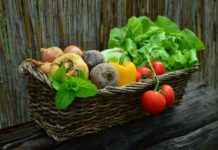

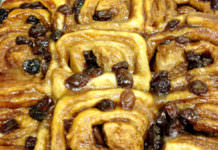
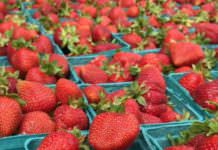
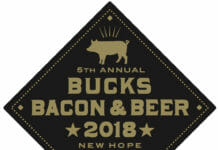
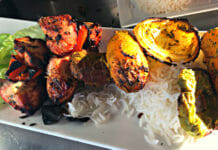

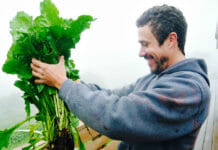
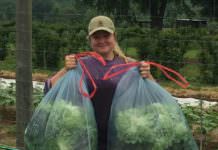
![What we’re reading [Oct 16 2017]](https://www.buckscountytaste.com/wp-content/uploads/2017/10/coffee_macbook_reading_pexels-photo-414630-218x150.jpeg)
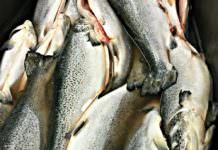
Very cool, Lynne! Sounds like a great experience!
Castle Valley is at the Stockton Farm Market, Saturday and Sunday, Bobolink is at the market, saturdays.
It’s not exactly kosher but it sounds like one of those “gotta do it once in my life” experiences. Good for you!
I’d like to order three boxes, please.
Ha!
Beautiful story!
[…] farm and a visit to the cows and their calves in pasture. To learn more about Bobolink, read this post. To order tickets for the event, click […]
[…] of mixing in seeds, like other bakers. To learn more about Nina’s baking, see our previous post and […]
[…] and Bakehouse is offering once again classes on making matzoh for Passover. You might remember my post from last year (including video). It was so cool. Using ancient Emmer flour, the biblical ancestor of wheat, […]
I understand that no fermentation may take place(18 minute rule) but how did folk without time pieces do this ?
[…] the full article, Baking matzah for the first time, and learn more about […]